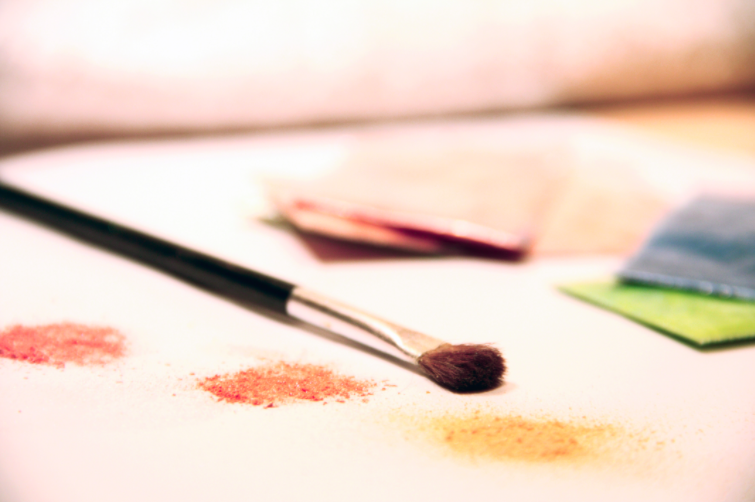Art Therapy in the Healing Process
Through art, anxiety sufferers can express feelings that are building up inside, but that they do not feel confident enough to talk about.
Key Takeaways:
- Using art as therapy allows the participant to enter a cathartic state, meaning they can fully open up and relieve themselves of psychological stress through creative measures.
- A key component to easing OCD symptoms is engaging in activities that can increase concentration and calmness.
- Painting or drawing is an easy but effective art project that through a repetitive activity, puts sufferers into a state of relaxation.

Obsessive compulsive disorder (OCD) is a mental health condition whereby the person is suffering from compulsive activities and obsessive thoughts in their everyday life. Put simply, they obsess over unpleasant thoughts which become a common occurrence in their mind; one that ends up causing anxiety. As a result, they become compulsive in their behavior in order to try and relieve these unwanted feelings. Commonly, individuals with OCD go through similar process of behavior:
- Obsession – an unwanted thought constantly enters the mind.
- Anxiety – this then causes distress in the individual.
- Compulsive behavior – they feel the need to perform certain tasks as a result of the obsession.
- Relief – this compulsive behavior brings about a temporary relief from the anxiety but it will eventually return, creating a cycle that is hard to break.
Art Therapy
Some sufferers are comfortable talking about their feelings of OCD and anxiety, but this isn’t always the case, especially if the symptoms are of a depressive nature. One way of coping with OCD and anxiety is through art therapy. It is a broad and wide-ranging activity that can incorporate a number of creative tools in order to facilitate healing. Through a creative activity like art, a person can directly express any feelings they have that may be building up inside them, but that they do not feel confident enough to talk about.
Using art as therapy allows the participant to enter a cathartic state, meaning they can fully open up and relieve themselves of psychological stress through creative measures. It is like a form of meditation and has the same therapeutic benefits. This coping mechanism works by encouraging a person to concentrate fully on being creative. Regardless if they make a mistake with their work, they should then look to adapt that mistake, ensuring they are continuously being creative. This way of thinking has real life applications, where if someone suffering from OCD begins to have intrusive thoughts or anxiety, they then adapt these thoughts into a more positive way of thinking.
How it works
There are a number of ways art can help someone cope with OCD. Art works as an effective coping mechanism to help control irrational thoughts an individual may have, while also being a soothing activity to contain any anxiety they are feeling. A common effect of OCD is intrusive thoughts, which can be extremely uncomfortable for sufferers. A successful method of addressing these thoughts, is through ERP Therapy, or direct exposure to the fear itself. However, this can be shocking and painful for many people. Art therapy can then be used as a more soothing tool to help sufferers tackle this problem. They get to paint or create the fear on their own terms, thus gradually exposing themselves to it.
Example art projects
A common art therapy project is one of creating art through mindfulness. All that is required is some paints, pencils and paper. It is an effective therapy that is used to decrease anxiety through repetitive activities that require participants to focus continuously. A key component to easing OCD symptoms is engaging in activities that can increase concentration and calmness. Painting or drawing is an easy but effective art project that through a repetitive activity, puts sufferers into a state of relaxation.
An alternative project for OCD sufferers’, is creating a collage. Here they can piece together a picture or memory and create a vision that reminds them of a happy or safe place. It can then serve as a visual reminder that soothes any fears or anxiety they may have. It is another easy project to do, with materials being as simple as some paper, magazines, photos, marker pens and a glue stick. The individual can search through magazines and photos and just decide naturally what they would like to create. Often they will then express a joyous or safe memory.
There are a number of other art projects OCD sufferers’ can participate in to help with their symptoms. It is important to allow the individual to participate and create varied art projects. Although repetition is vital, it must not limit how they express themselves. They should have the freedom to be spontaneous and express their emotions on a number of projects, best allowing themselves to address numerous fears and make progress in the healing process.